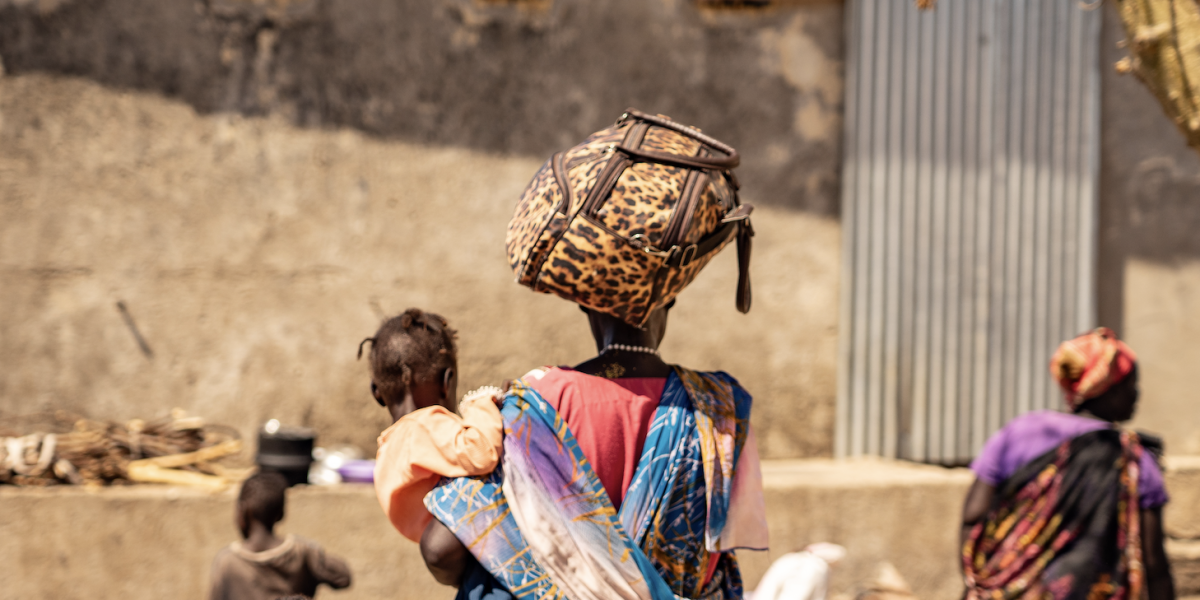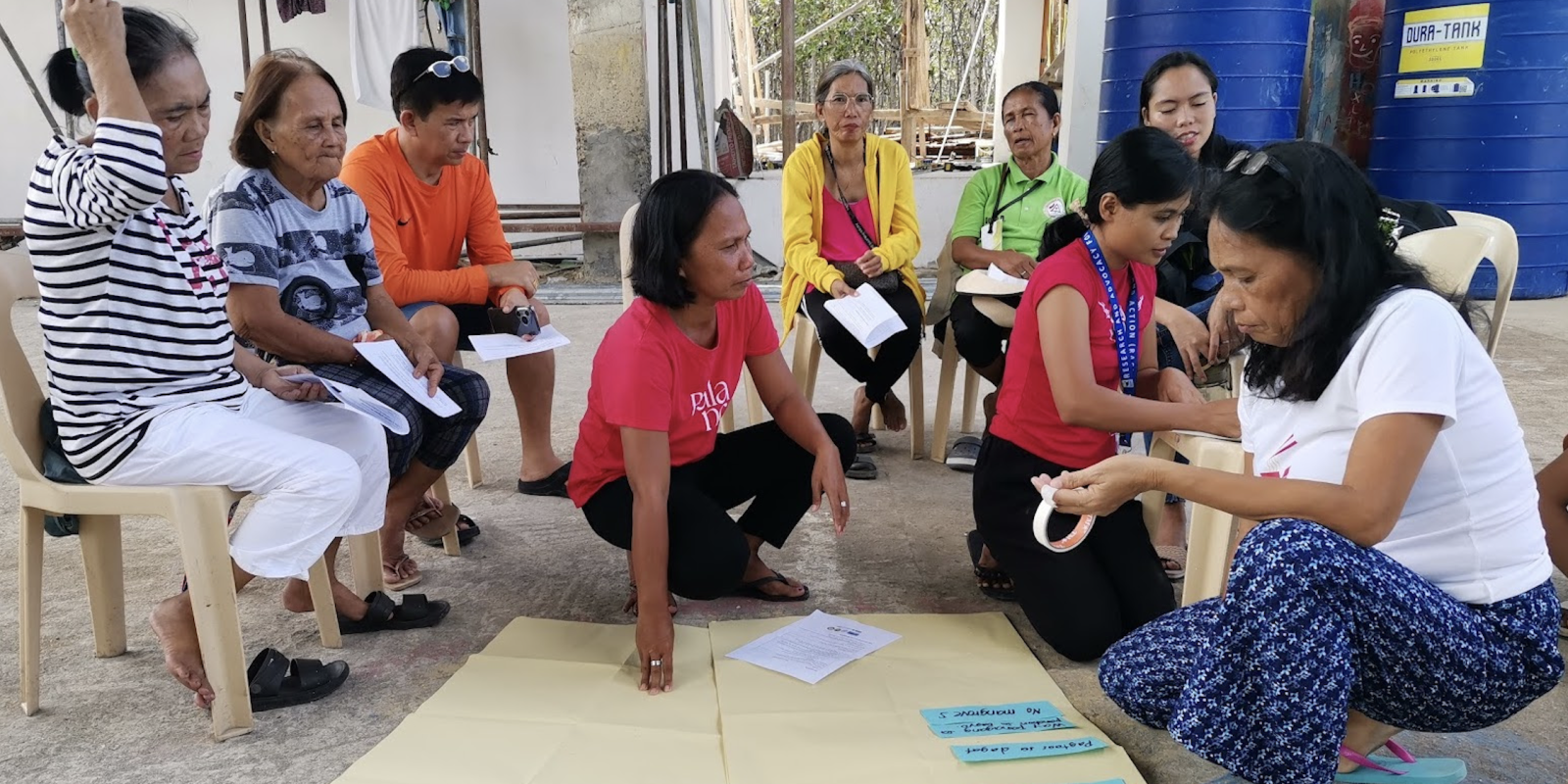Two Years of Conflict in Sudan: Families still hope for lasting solutions
16 April 2025

“We saw planes carrying out bombings from the sky. We took refuge behind the wall of a mosque, while others lay on the ground, not expecting to survive. The area was crowded with elderly people and children. The bombs were falling just meters away from us. No matter how hard I try to describe it, I can’t fully convey the intensity of the situation,” said Musa*, 28, describing the final moments before fleeing her home in Nyala, in southwestern Sudan.
With her twin children, Musa sought refuge in South Sudan following the escalation of conflict in April 2023. Upon arriving at the Renk Transit Center, she found herself alone among thousands of refugees and returnees living in communal shelters or makeshift housing. The center, built with support from humanitarian partners, struggles to accommodate the daily arrival of people. According to the U.N. Refugee Agency (UNHCR), about 350,000 refugees from Sudan have crossed into South Sudan since the start of the response, with a high percentage crossing through the Renk border.
“No words can capture the immense suffering that Sudanese and South Sudanese people in war-torn Sudan have endured over the past two years—the extreme hunger, the killings, and the horrific reality of witnessing women being raped and others brutally murdered. We suffer as victims caught between two powerful forces, unleashing their fury on ordinary civilians, including women and children,” she said.
With millions of internally displaced people and refugees fleeing the conflict in Sudan, the urgent need for adequate support continues to grow in neighboring countries such as Chad and South Sudan. Although humanitarian organizations—including Jesuit Refugee Service (JRS)—are providing essential aid such as rehabilitation and mental health services, educational support, reconciliation efforts, and basic food and non-food items, the assistance often falls short of meeting the increasing needs of families like Musa’s.
Her twins, growing up in the transit center, have access to child-friendly spaces but do not attend school or receive formal education.
“I hope my children will have the chance to go to school, so that one day, they may also serve those in greatest need,” she said.
Two years after the escalation of violence, there remains an urgent need for sustained humanitarian assistance and long-term solutions to address the deepening crisis.
The international community must reaffirm its solidarity and commitment to humanitarian aid in order to meet the vast and growing needs of the Sudanese people. A bold diplomatic effort to end the violence and forge a path toward lasting peace is essential.
*Name has been changed to protect the individual’s identity.


